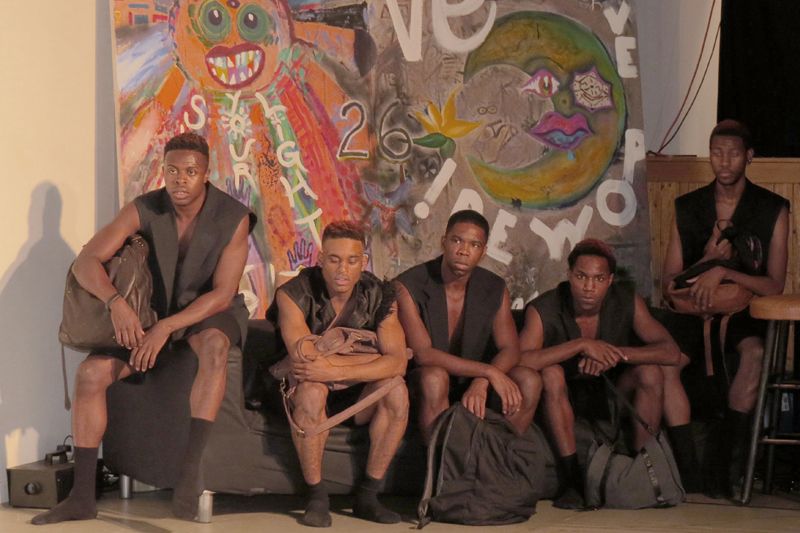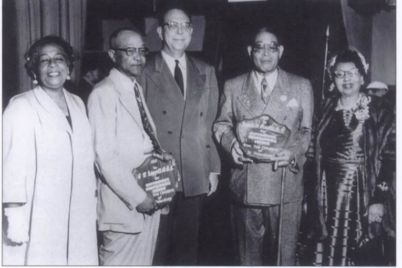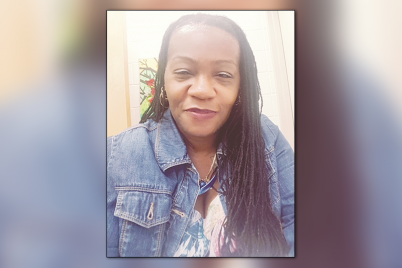BY ALLEN A. BUCHANAN, Staff Writer
ST. PETERSBURG — Underneath the surface of Sir Brock’s latest performance creation “Journey To Greatness” is the story of a gifted, multi-talented artist’s life from uncertainty to self-acclamation.
The opening of the show hits hard at one of the most troubling dilemmas confronting many African-American family households today, the absence of the father.
According to the Centers for Disease Control and Prevention report from 2012, nearly 73 percent of African-American births are out of wedlock and at less 67 percent live in single-family households. However, the fatherless household is not just an African-American family problem; it is an American family problem.
The Center for Disease Control reported the following statistics that shows a drastic increase in single parent mostly female run households since 1960 when overall single-parent households were at 11 percent in the United States.
|
Racial or ethnic group |
Children in single-parent families |
| Asian Americans and Pacific Islanders |
17 percent |
| Non-Hispanic whites |
25 percent |
| Hispanics |
42 percent |
| American Indian and Native Alaskans |
53 percent |
| Non-Hispanic blacks |
67 percent |









